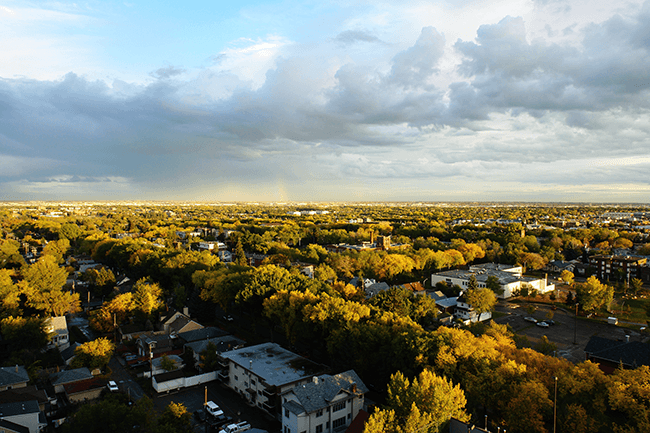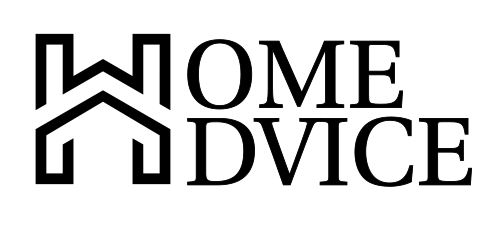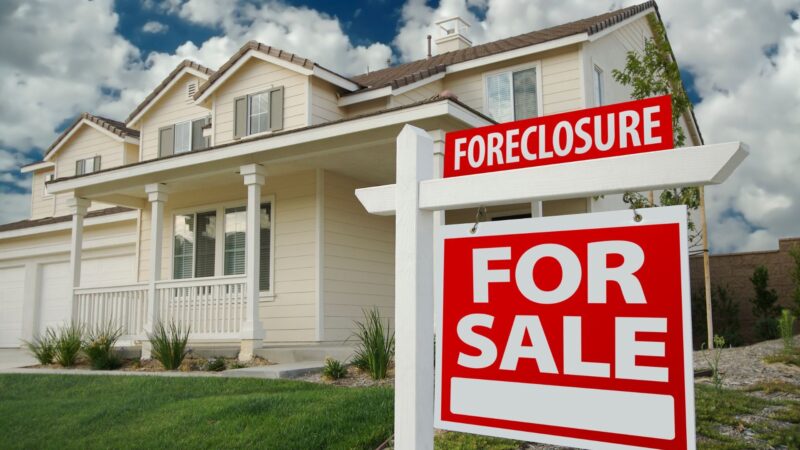Your Neighbourhood ~ Appraisal Considerations

Your Neighbourhood ~ Appraisal Considerations
Appraisals seem to evoke some trepidation when it comes to the valuation of one’s home and property. The appraisal is the accurate property estimate to sell for a reasonable price with the seller’s needs. Banks require appraisals before approving financing to close a sale. The appraisal consists of the date, opinion of the described property, along with supporting documents and analysis of gathered information.
What is the use and purpose of the value estimate?
- Utilized in the transfer of ownership
- An extension of credit – related to mortgage lending
- Compensation for insurance damage or loss, or expropriation
- Taxation – the municipal assessment and income tax on capital gains
- Land Use studies or Feasibility studies – for developers for the highest and best use.
REALTORS® impress that the market value is paramount when it comes to pricing a home. The estimation based on the recent selling and listing prices of comparable properties located in the neighbourhood.
Consider:
- The highest price in terms of money
- The open market
- A willing buyer and seller
- No undue motivation or unusual circumstances
- Equal and adequate knowledge
- A reasonable time
The market price on the other hand is the actually selling price a property achieved irrespective of its value. The market price can be the same, lower or higher than the market value.
Another concept is the objective concept of value – or cost of producing or creating an item; and the subjective concept of value – or what people are prepared to pay for the item based on their opinion and preferences – irrespective of cost.
The primary information required is the identity of your property – the full municipal address and legal description. What are the property rights? Is your property a fee simple, future estate, leasehold estate or life estate? Are there any covenants or easements attached to the property?
Neighbourhoods form part of the analysis and have their own life cycle phases, which include growth – as in a new sub-division; stability, declining and the renewal phase.
Your neighbourhood directly affects your property value – especially the part of the city you are located in. Who are your neighbours who determine and shape the nature and character of the area? Are there any social, economic, political values, resources and outlook of your neighbours who might influence the physical appearance and character of your home?
In the scenario that homeowners depart from a neighbourhood with large homes, to be replaced by a new demographic who might not necessarily have the funds for upkeep of the property and home, will find the properties depreciating as the homes start to look neglected and dated. Are homes being converted to duplexes, triplexes, fourplexes and rooming houses? Are any commercial properties close by – vacant and showing signs of neglect? Have residential selling prices declined relative to other parts of the city? What is the condition and upkeep of city streets and neighbouring parks?
Natural boundaries such as natural rivers, ravines, hills, or municipal boundaries and restrictions including zoning changes and school areas all affect values. Highways, railroad tracks and rights of way for the public or utility services are manmade boundaries. The appraised property will be subject to and influenced by the same restrictions.
Other factors include how close are you to amenities, public transport, schools, churches, retail and service outlets, parks. What does the landscape look like and what’s the availability and quality of the utilities? Heavily trafficked areas, noise and pollution are factors. Is there stability in the property values, sale price trends, new construction, and rate of turnover, vacancies, income levels and maintenance levels? Political or governmental factors include taxation, local improvements, and restrictions, zoning regulations, building codes, improvement taxes. Social considerations include growth trends, demographics, and tendencies to larger or smaller families, economic groupings, and harmony in the neighbourhood and population density.
Neighbourhood trends shift over time and with cause and effect:
Smaller families have less need for larger homes; an aging population will move away from single-family dwellings into condos; lower mortgage rates create an increased demand for homes, and high unemployment creates less demand for homes.
Other basic questions include distance from shopping centres; how can you tell if a community is improving, stable or declining; how well are homes being maintained – pride of ownership; and what level of renovation or new construction is taking place? What are the income levels of people moving in and out of the area? Are prices stabilizing, improving or declining, based on other neighbourhood comparisons?
The level of conformity – progression or regression impacts values: the larger the disparity between neighbourhood homes, the larger the impact on the value. Are you willing to accept that inferior homes surrounding your house do have a locational impact on your home?
Does your home conform in type, quality, size and value compared to those around you? The appraisal will give you this valuable insight.
Your Neighbourhood ~ Appraisal Considerations








